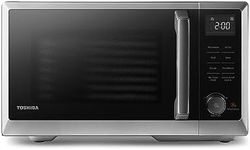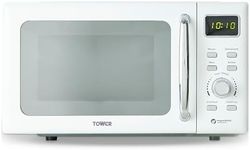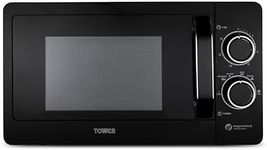Best Microwaves
From leading brands and best sellers available on the web.
Daewoo
13%OFF
Daewoo Actuate 26L 5-in-1 Air Fryer Microwave Oven – 2400W Combination Oven with Grill, Bake, Reheat, Defrost – One Touch Cooking, Accessories Included, Space-Saving Kitchen Appliance – Black

Toshiba
21%OFF
TOSHIBA 26L Air Fry Auto Menu Combo 6-in-1 900W Microwave Oven With Steamer in Morandi Grey, Inverter, Chef defrost, Convection, Combi., Steam, Grill, 10 power levels, 10 Auto Menus, MW3-AC26SFI(MG)

Toshiba
Toshiba 900w 23L Microwave Oven with 1050w Crispy Grill, Energy Saving Eco Function, 8 Auto Menus, 5 Power Levels and Position Memory Turntable - Black - MW2-AG23PF(BK)
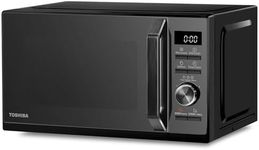
Toshiba
Toshiba Black Microwave 20 Liter Digital 800W Microwave Oven with 1000W Grill, Combination compact with 5 Power Levels, 8 Auto Menus, Grill, Combi, Digital Clock, Mirror Door Finish, MW3-AG20PF(MB)
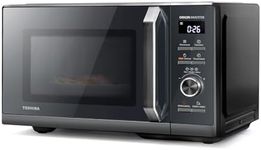
Toshiba
21%OFF
Toshiba 25L 3-in-1 900W Microwave Oven in a Stunning Sleek Morandi Grey Colour, With Origin Inverter, Chef Defrost, Microwave, Grill, Combi, 10 Power Levels, 7 Auto Menus, Easy Clean, MW3-AG25PFI(MG)

Toshiba
26%OFF
TOSHIBA 20 Liter 800W Manual Control Solo Small Microwave, Compact with 5 Power Levels, Automatic Defrost Function, Perfect for 9'' pizza, Clock and Timer, Easy Clean, White- MM-MM20P(WH)
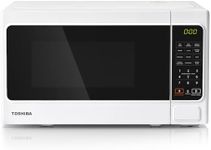
Toshiba
15%OFF
TOSHIBA 20 Liter 800W Digital Solo Small Microwave With 11 Power Levels, One-touch Express Cook with 6 Preset Recipe, Defrost, Digital Display, Perfect for 9'' pizza, Easy Clean, White- MM-EM20P(WH)
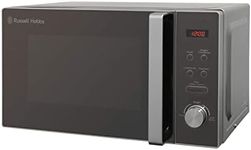
Russell Hobbs
Russell Hobbs RHM2076S-AZ 20 Litre 800 W Silver Digital Solo Microwave with 5 Power Levels, Automatic Defrost, 8 Auto Cook Menus, Clock and Timer, Easy Clean

Samsung
Samsung MS23K3523AS/EU 23L Solo Microwave Oven, Triple Distribution System, Silver
